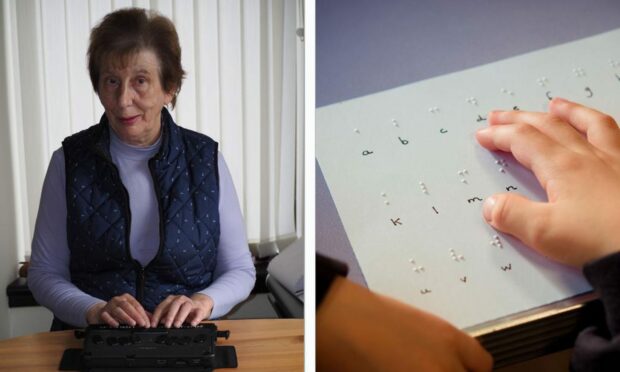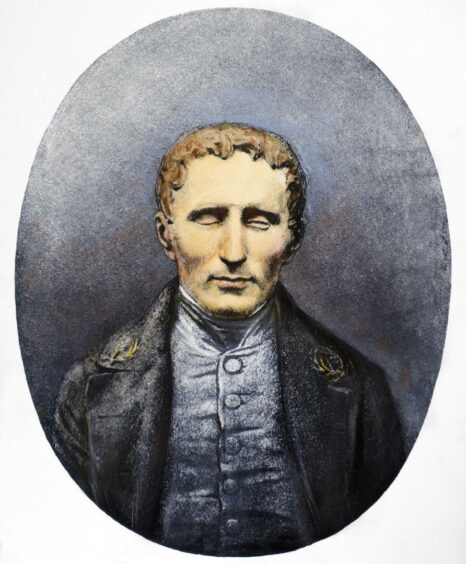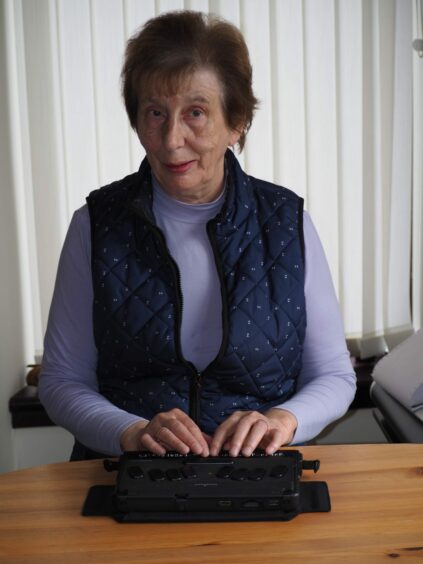A blind physiotherapist based in Oban has joined the campaign to add braille to food packaging.
Marie Harrower was brought up on the Isle of Mull and has been blind since birth.
She attended the Royal Blind School in Edinburgh and trained as a physiotherapist in London – qualifying in 1972.
From 1997 until her retirement in 2012, she was the head physiotherapist in Oban and north Argyll – including some of the Inner Hebridean islands.
Now she has joined Sight Scotland, Oban and District Access Panel and Disability Equality Scotland in the campaign demanding retailers provide braille labelling on food.
It was launched on January 4 in celebration of World Braille Day which is the birthday of inventor, Louis Braille.
Despite being designed in 1824, braille is still essential for many people living with blindness.
A petition has been sent to the Scottish Government pleading with them to implement legislation to make it mandatory.
‘Blind people should be able to identify products too’
Mrs Harrower said: “I feel passionately that blind and partially sighted people should be able to identify products in order to store away shopping and retrieve products.
“I wonder what people with sight would think if labels were removed and they had to seek assistance or do some guessing.”
She said the Braille labelling of medicine has made life “much easier”.
Mrs Harrower can now even use braille to read the text on a phone screen, tablet or computer by connecting it to a braille display machine via bluetooth.
During her long and varied career, she has not let her disability stop her from achieving her goals.
In 1976, she won silver and bronze medal’s at the Paralympics in Canada for discus and shot put respectively.
Mrs Harrower continues to maintain fitness and fun with swimming, walking and horse riding.
Support for the braille campaign
Lyn Pornaro, chief executive at Disability Equality Scotland said: “We firmly support the introduction of braille labelling across a wider variety of goods.
“Statutory requirements for braille labelling are long overdue and until they’re in place visually impaired people will remain at a significant disadvantage in society.”
Also supporting the campaign is Sight Scotland. It was founded in 1793 as Royal Blind and is Scotland’s largest visual impairment charity.
They also run the Scottish Braille Press as part of its services supporting visually impaired people.
To support the campaign, sign the petition on the Scottish Parliament’s website.













Conversation